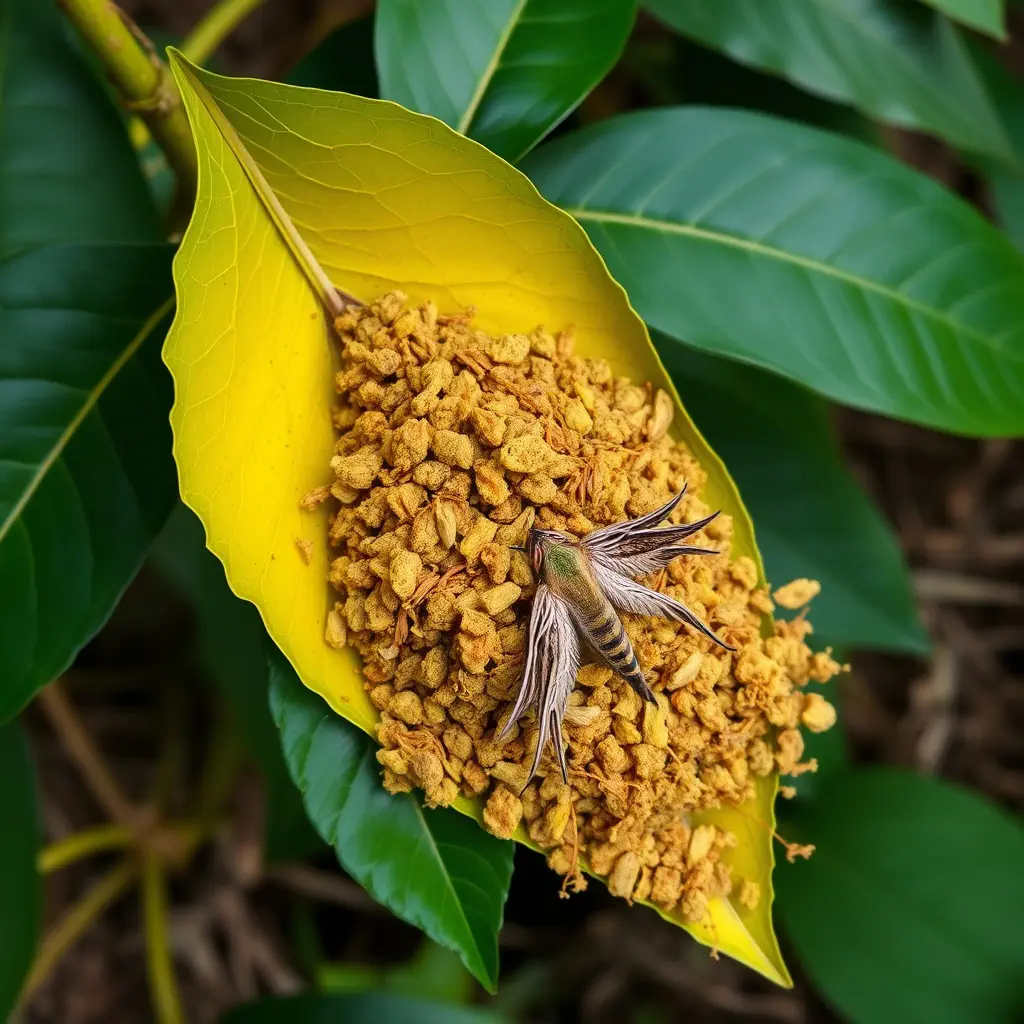Kratom, a plant from Southeast Asia with alkaloids like mitragynine and 7-hydroxymitragynine, is gaining attention as a natural alternative for managing chronic pain, offering a potentially safer option compared to traditional pharmaceuticals. To safely use kratom, it's crucial to obtain high-quality products from reputable suppliers who provide third-party lab test results. This ensures the product's purity and potency, which is critical due to individual sensitivities and the need for precise dosing. When shopping for kratom, be aware of the different vein colors—red, green, and white—each with distinct effects, to choose a strain that suits your needs. It's also essential to follow medical advice, adhere to recommended dosages, and understand the legal status of kratom in your region. By making informed decisions during kratom shopping and consulting with healthcare professionals, individuals can explore the potential benefits of kratom within a holistic approach to pain relief while minimizing risks.
explore the multifaceted role of kratom in addressing chronic pain, an article delves into the scientific mechanisms behind its alkaloids and offers guidance on navigating the kratom marketplace for safe and effective use. “Chronic Pain Management with Kratom” provides a comprehensive overview of this botanical’s potential as a natural alternative to traditional treatments, emphasizing the importance of responsible kratom shopping to ensure product quality and safety. Join us as we unravel the intricacies of kratom’s effects on pain pathways and offer practical advice for selecting reputable kratom vendors.
- Understanding Kratom's Role in Chronic Pain Management: A Comprehensive Guide for Safe and Effective Use
- The Science Behind Kratom Alkaloids: How They Interact with Pain Pathways
- Navigating the Kratom Marketplace: Essential Tips for Responsible Kratom Shopping
Understanding Kratom's Role in Chronic Pain Management: A Comprehensive Guide for Safe and Effective Use

Kratom, a tropical tree native to Southeast Asia, has garnered attention in the realm of chronic pain management due to its potential analgesic properties. The leaves of kratom contain alkaloids, such as mitragynine and 7-hydroxymitragynine, which are believed to interact with opioid receptors in the brain, thereby providing pain relief. For individuals grappling with chronic pain, kratom can offer a viable alternative to traditional pharmaceuticals, which may come with a host of side effects and risks of addiction. However, it is crucial to approach kratom use with caution. Safety and efficacy hinge on proper dosing, quality of the product, and individual tolerance. When considering kratom shopping, one must be discerning, as the market for kratom products is not uniformly regulated. Consumers should seek out reputable vendors that provide third-party lab test results to ensure the purity and potency of their kratom. Additionally, it’s important to adhere to recommended dosages and to consult with a healthcare provider before integrating kratom into any pain management regimen, especially if other medications are being taken concurrently. By taking an informed approach to kratom use, individuals can explore the benefits of this natural substance within the context of their overall health strategy for managing chronic pain.
The Science Behind Kratom Alkaloids: How They Interact with Pain Pathways

Mitragyna speciosa, commonly known as kratom, has garnered attention in the realm of pain management due to its alkaloid profile and interactions with pain pathways. The primary active compounds in kratom are mitragynine and 7-hydroxymitragynine, which possess unique pharmacological properties. These alkaloids bind to opioid receptors in the brain, particularly the mu-opioid receptors, which are integral to pain perception and response. This interaction can modulate pain signals, offering analgesic effects without the same level of sedation or respiratory depression associated with traditional opioids. The efficacy of kratom in managing chronic pain is subject to ongoing research, with some studies indicating its potential as a natural alternative for pain relief. For individuals exploring kratom as a component of their pain management strategy, careful consideration during kratom shopping is crucial. It’s important to select reputable vendors and high-quality products to ensure safety and consistency in the alkaloid content. Additionally, users should be aware of the legal status of kratom in their jurisdiction and adhere to recommended dosages to avoid adverse effects. As with any pain management approach, it’s advisable to consult with healthcare professionals to integrate kratom into a comprehensive treatment plan that aligns with one’s overall health and well-being.
Navigating the Kratom Marketplace: Essential Tips for Responsible Kratom Shopping

When venturing into the realm of kratom shopping, it’s crucial to approach the marketplace with a discerning eye. The kratom industry has seen significant growth, leading to an array of products available to consumers. To navigate this market effectively and responsibly, one must prioritize vendors who adhere to Good Manufacturing Practices (GMP). These standards ensure that the kratom products are pure and consistently produced and controlled according to quality benchmarks. Additionally, it’s essential to research and select reputable sellers with transparent sourcing and third-party lab testing results available for their products. This due diligence helps verify the alkaloid profiles and potency of the kratom strains you’re considering, mitigating the risk of purchasing adulterated or mislabeled products. Moreover, understanding the different kratom vein colors—red, green, and white—and their distinct effects can guide your selection process based on your specific pain management needs. By being an informed consumer and advocating for transparency and quality assurance in the kratom market, you contribute to a safer and more reliable industry for all. Always remember to consult with healthcare professionals when integrating kratom into your pain management regimen, ensuring a holistic approach to your well-being.
In conclusion, kratom has emerged as a significant natural alternative in chronic pain management. The detailed exploration of kratom’s role, backed by scientific insights into its alkaloids and their interactions with pain pathways, underscores the potential benefits for those navigating the complex landscape of pain relief. However, it is crucial to approach kratom shopping with caution and informed discernment. By adhering to the guidelines provided for responsible kratom sourcing, individuals can make well-informed decisions that align with their health needs and ensure the safety and efficacy of this approach. It is with a nuanced understanding of its use, backed by scientific evidence and consumer awareness, that we can navigate the kratom marketplace mindfully.






